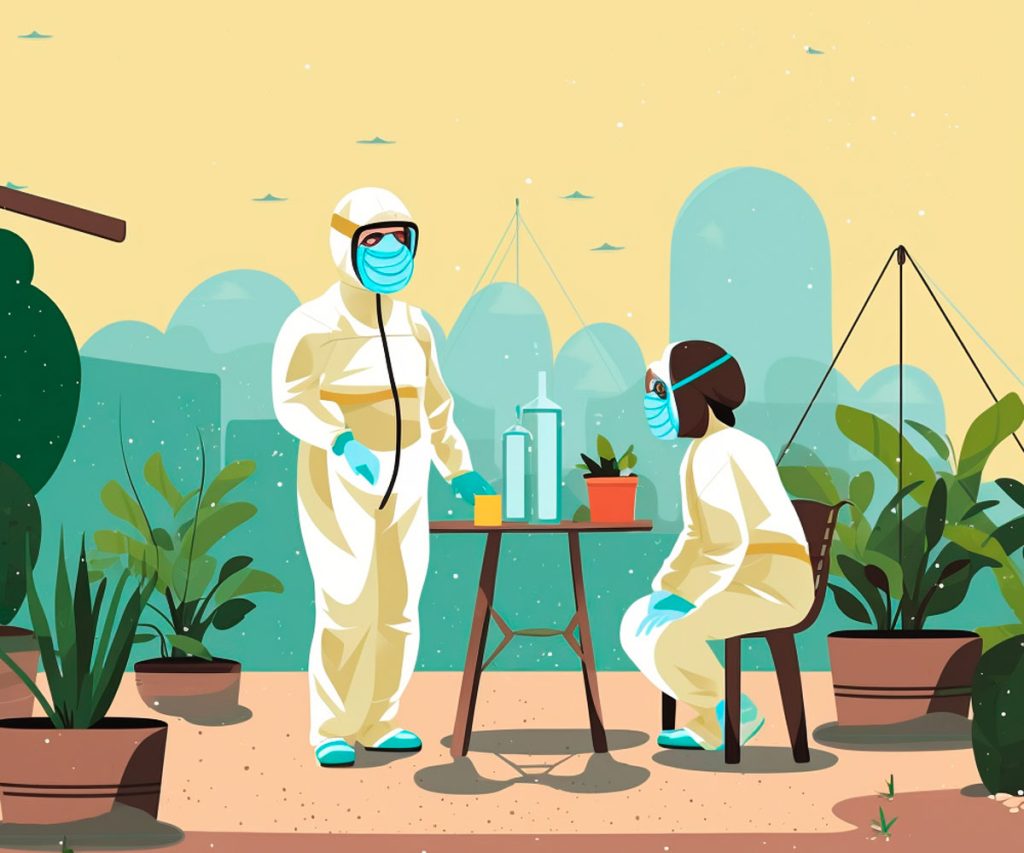Assessing and Preparing Old Science Kits

Before using old science kits, we need to check for safety hazards and inventory the components. This ensures a safe and useful experience.
Safety Considerations
Safety comes first when dealing with old science kits. We should inspect our kits for broken or missing items. This includes test tubes, eye droppers, and other science tools. If any chemicals are present, they might be expired or dangerous.
We should always wear safety goggles during experiments. If we don’t have any, we should get new ones. Chemical reactions can be unpredictable, so ensuring our workspace is clean and well-ventilated is crucial. Household items like baking soda and vinegar are safer to use if chemicals cannot be confirmed safe.
Inventory of Components
We start by listing all items in the kit. This includes test tubes, measuring tools, and any crafts supplies. We should check if the kit has essential items like eye droppers and safety gloves.
We can replace missing or damaged parts using household items. For example, if we are missing eye droppers, we can buy them at a local store. We should categorize items based on their usage, such as chemicals, tools, and safety gear. A clear, organized inventory helps us prepare for our next experiment smoothly.
Used Science Kit Upcycling

Turning old science kits into new projects sparks curiosity and creativity in kids. It also promotes problem-solving skills and hands-on learning experiences.
DIY Science Projects
We can use parts from old science kits to create new experiments. For instance, components from a chemistry set might combine with materials from a microscope kit to explore chemical reactions under magnification. Making crystals or bouncy balls from leftover supplies can also be fun.
Another idea is to build kinetic creatures, using motors and gears from old kits. These projects challenge kids to think critically and innovate with what they have on hand. This encourages resourcefulness and keeps their learning experiences fresh and engaging.
Arts and Crafts Integration
We can integrate science kit leftovers into arts and crafts projects. For example, using test tubes and pipettes for paint projects introduces an element of creativity while teaching basic chemistry concepts. Turning old circuit boards and wires into decorative pieces can foster problem-solving skills and confidence as kids learn to repurpose and design new items.
Creating models or dioramas using old kit components helps kids combine artistic and scientific knowledge. This approach not only makes learning fun but also solidifies their educational foundation by engaging different areas of the brain.
Education Through Play
Using old science kits, we can design educational play activities that promote hands-on learning. For instance, using a microscope to examine everyday objects like leaves and insects can turn a simple activity into a rich learning experience. Creating games with leftover science kits for kids encourages experimentation and curiosity.
Incorporating storytelling with science activities, such as creating characters or adventures using kinetic creatures, makes the process exciting. This blend of imagination and education helps toddlers and kids understand scientific principles through play. Integrating play this way supports both educational development and emotional growth, making learning a joyful and engaging process.
Contributing to STEM Learning and the Environment
By reusing old science kits, we can inspire middle schoolers and help our planet. Supporting STEM education and promoting environmental awareness are key outcomes.
Donations and Sharing Resources
Donating science kits to schools, libraries, or community centers helps promote STEM learning. Many middle schoolers can benefit from sets that cover topics like chemistry, physics, biology, and earth science.
Organizations such as National Geographic, Smithsonian Mega Science Lab, and Thames & Kosmos often need these materials for their programs. The kits can teach students about robotics, coding, and various science activities. This allows a new generation to learn and engage with scientific concepts.
Teachers can use old kits to create hands-on lessons. Sharing these resources encourages collaboration and teaching creativity. In this way, we provide valuable educational tools and foster interest in science.
Promoting Environmental Awareness
Repurposing old science kits is a great way to reduce waste. By using them again, we lessen the demand for new materials and help protect our environment.
Old kits can be combined to create new experiments. For instance, items from a chemistry set can be used in conjunction with a physics kit. This approach encourages innovation while being eco-friendly.
Educators can use these kits to teach about environmental issues. Lessons on recycling and sustainability can be included in science activities. By doing so, we promote environmental awareness and responsible science practices among students.
I’m Cartez Augustus, a content creator based in Houston, Texas. Recently, I’ve been delving into different content marketing niches to achieve significant website growth. I enjoy experimenting with AI, SEO, and PPC. Creating content has been an exciting journey, enabling me to connect with individuals who possess a wealth of knowledge in these fields.

